The Western and Central Pacific Fisheries Commission (WCPFC) is inviting applications for the position of Deputy Compliance Manager at its Secretariat, based in Kolonia, Pohnpei, Federated States of Micronesia.
The WCPFC oversees the conservation and sustainable utilisation of highly migratory fish stocks, notably tuna, across the Western and Central Pacific Ocean. Comprising 41 member countries, territories, and cooperating non-member countries, it focuses on fostering the sustainable management of the area's fisheries resources.
Key responsibilities of the position are outlined in the position description as follows:
"The Deputy Compliance Manager provides support to the Compliance Manager in management and technical development of the Commission’s MCS tools. The position requires a team leader who is responsible for managing the Commission’s databases and online-based systems, including ensuring data quality and completeness. The Deputy Compliance Manager will lead a team that is charged with ensuring that the Secretariat’s Compliance and MCS workflow processes and associated IT reporting tools are efficiently supporting Members’ data collection and reporting requirements. The position will actively support a greater focus by Members on realizing greater value from their data and so will contribute to effectively supporting CCMs with exercising greater control and management of their flagged vessels and to address their reporting gaps. This position will also contribute to the WCPFC’s work to enhance monitoring and verification of fisheries activities and to support the WCPFC Members implementation of conservation and management measures, including harvest strategy elements. Given the increased use of online-based systems and greater responsibility by Member officials in the management of their data, the position is expected to liaise closely with the Science team and the Scientific Data Manager, data analysts, IT team and database contractors, oversee Member training on Secretariat tools, and contribute to innovation and development of systems that support Commission objectives."
For full details of the position, please download the Vacancy Announcement at the WCPFC website, here.
The deadline for applications is Friday 17 May, 2024.
19 April 2024

 English
English  Français
Français  Español
Español 
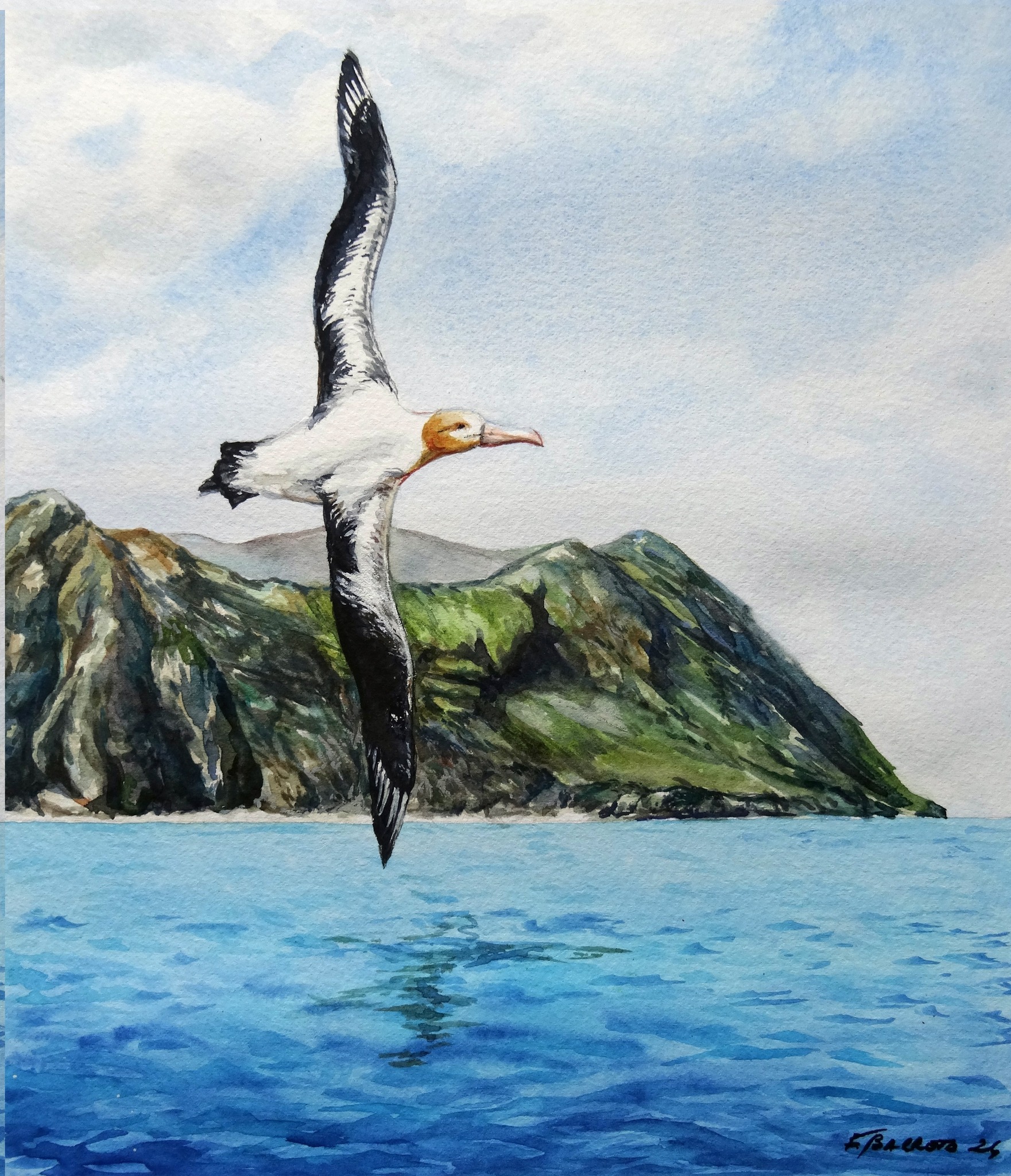
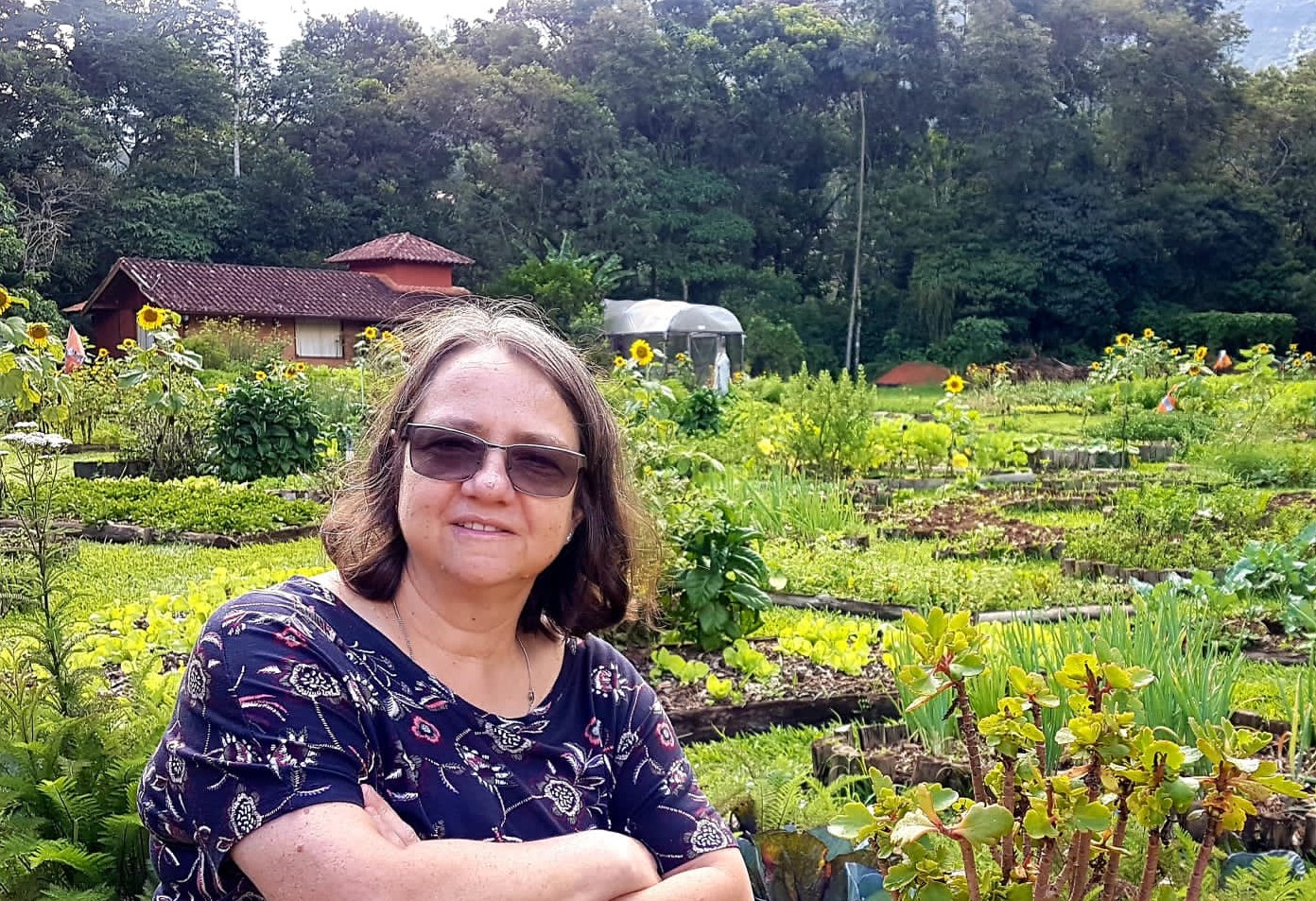
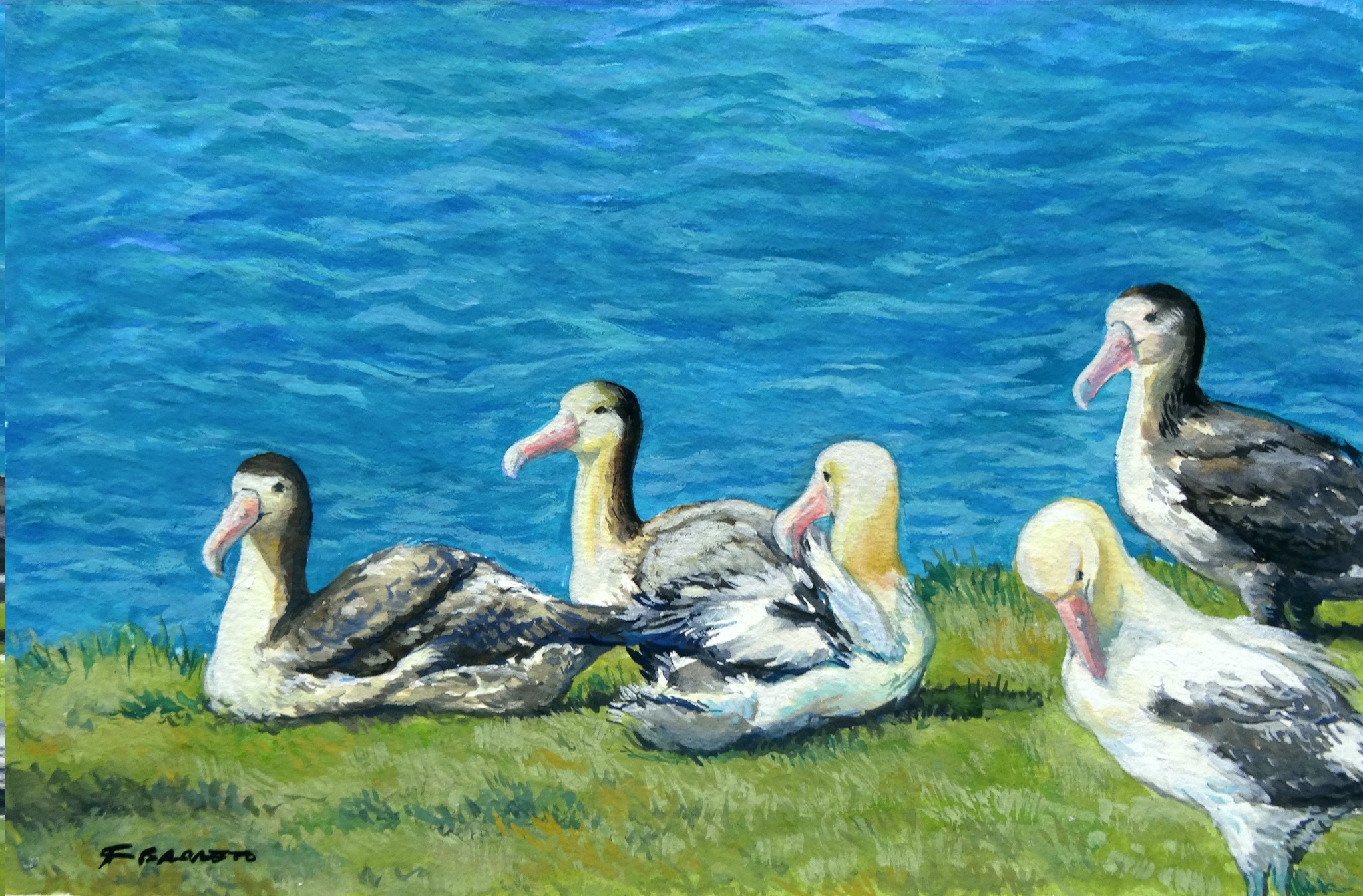

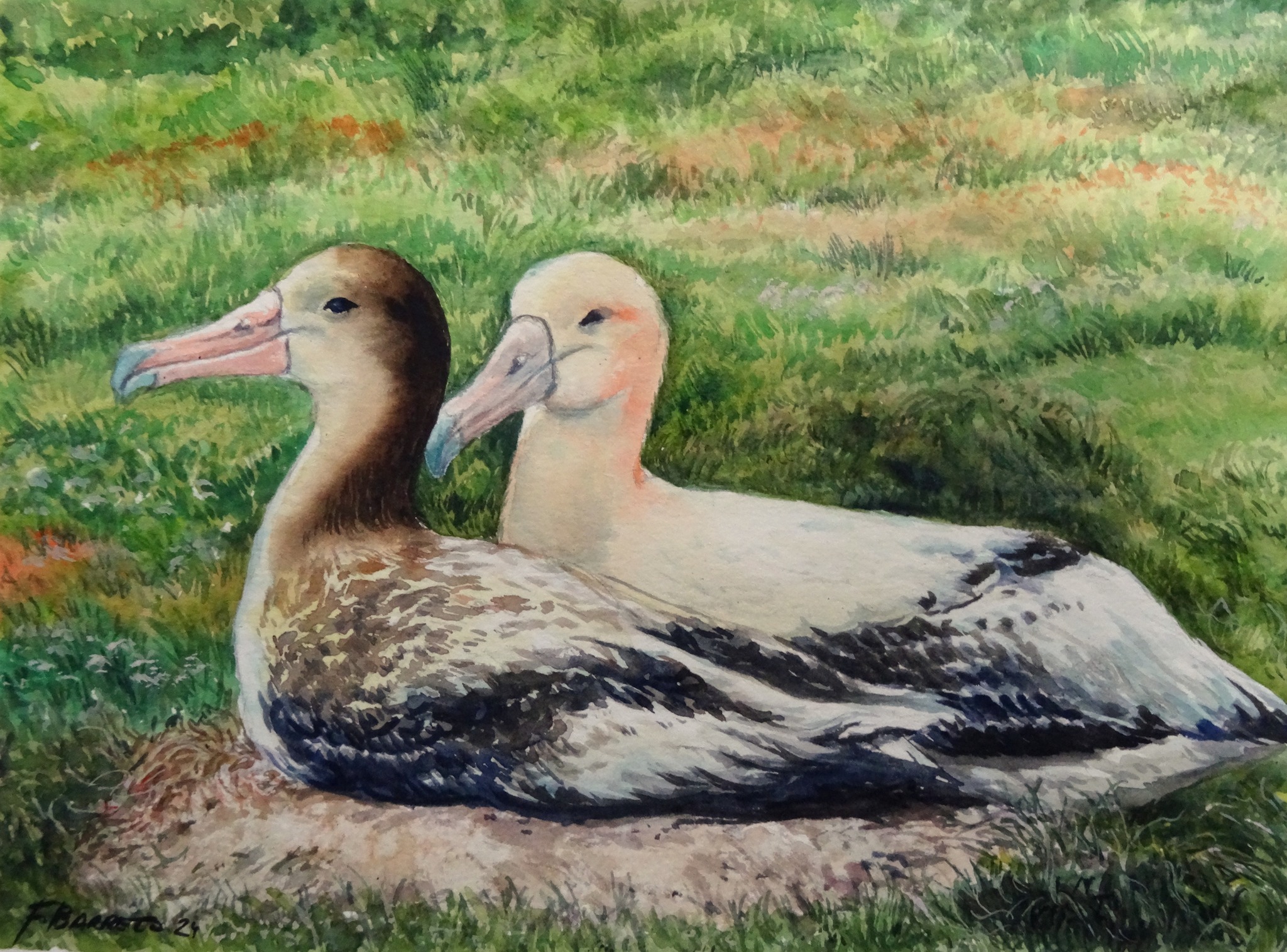
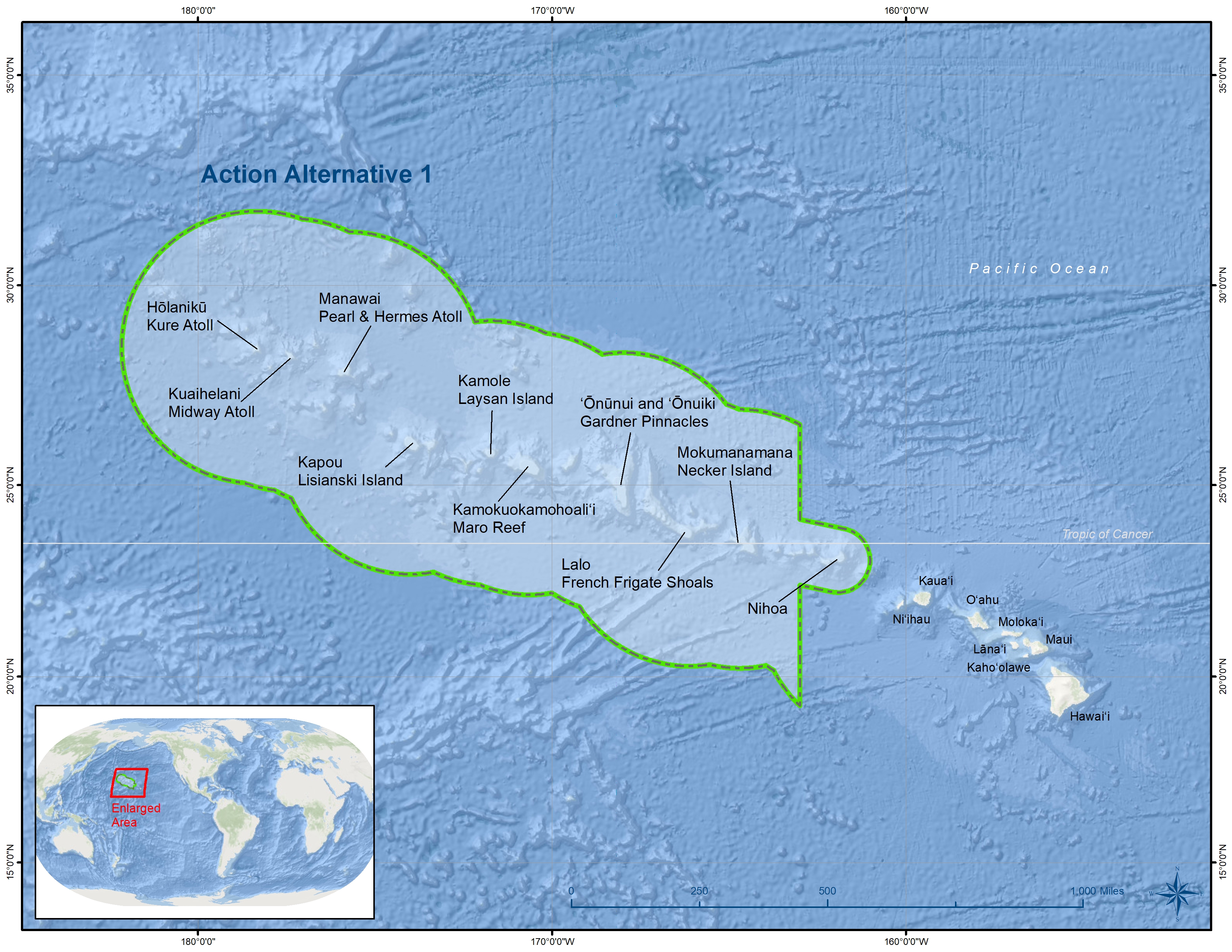
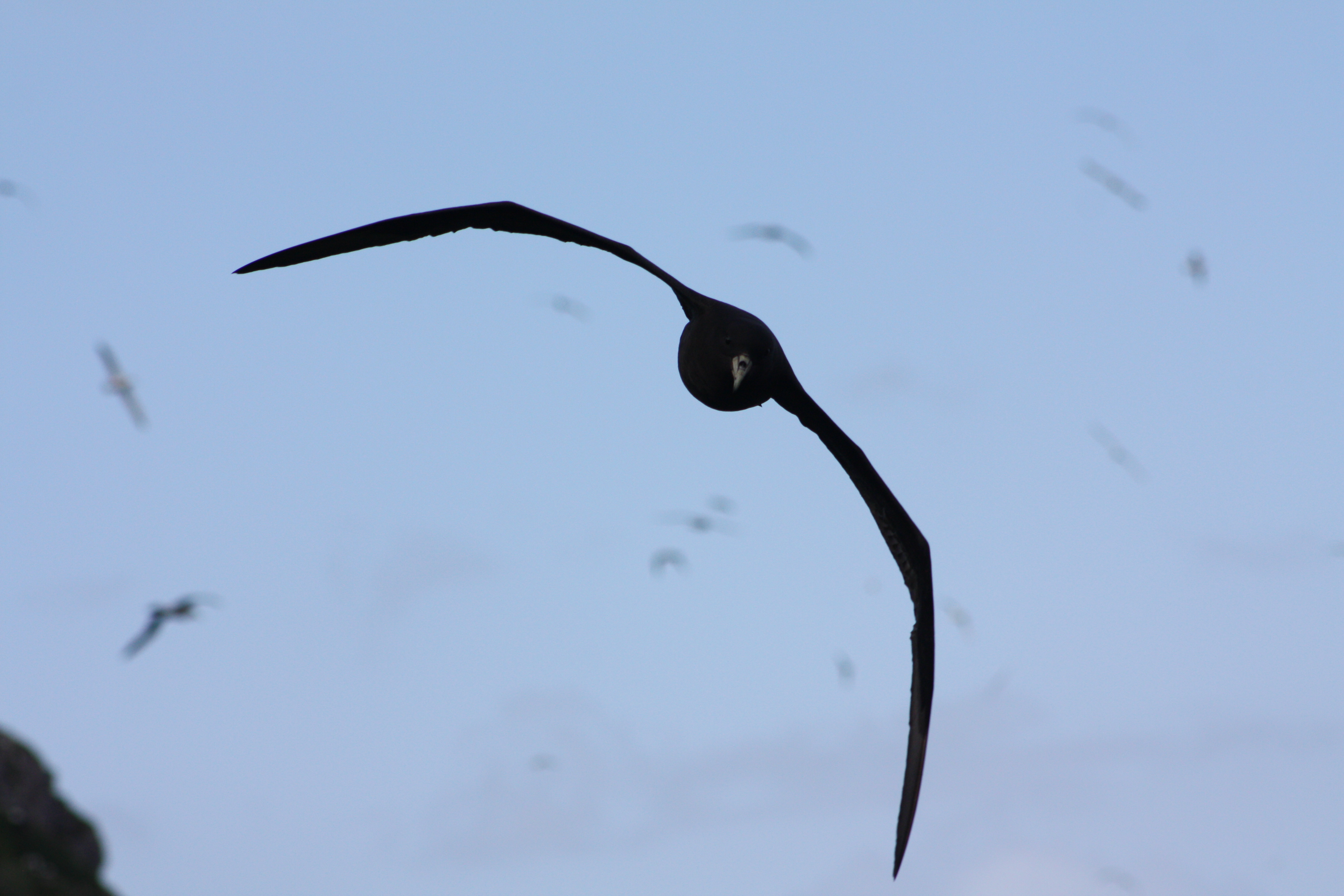 The silhouette of a White-chinned Petrel returning to its burrow at dusk; photograph by Kalinka Rexer-Huber
The silhouette of a White-chinned Petrel returning to its burrow at dusk; photograph by Kalinka Rexer-Huber The tussoc-covered landscape of Kidney Island, where Sooty Shearwaters and White-chinned Petrels make their burrows; photograph by Sarah Crofts
The tussoc-covered landscape of Kidney Island, where Sooty Shearwaters and White-chinned Petrels make their burrows; photograph by Sarah Crofts Figure 1 from the paper: Study area showing the main ocean currents (a), and seabird records made by season on top of the 1°latitude 1°longitude grid cells (b). In (a), the East Australian Current (EAC) system is highlighted with its acronyms in bold and drawn in blue. The South Equatorial Current (SEC) and its branches, the North Caledonian Jet (NCJ) and South Caledonian Jet (SCJ), are drawn in red. The EAC ’eastern extension’ is an eddy field (blue shaded area) often called the ’Tasman Front’, from which the East Auckland Current originates (EAUC, in green).
Figure 1 from the paper: Study area showing the main ocean currents (a), and seabird records made by season on top of the 1°latitude 1°longitude grid cells (b). In (a), the East Australian Current (EAC) system is highlighted with its acronyms in bold and drawn in blue. The South Equatorial Current (SEC) and its branches, the North Caledonian Jet (NCJ) and South Caledonian Jet (SCJ), are drawn in red. The EAC ’eastern extension’ is an eddy field (blue shaded area) often called the ’Tasman Front’, from which the East Auckland Current originates (EAUC, in green).